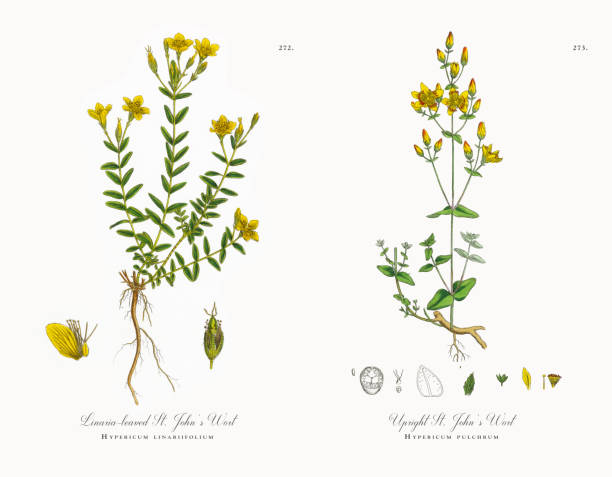
Making natural paints or inks from plants
One of my favourite things to do creatively is to make natural inks and paints from plants. Just like natural dyeing & most creative practices, the process is soothing & meditative, it’s easy to lose time while absorbed in the simmering, condensing & alchemy that follows. Sometimes I will make the dye from leftover dye baths, other times I simmer up plants just to see the colours on paper. If you’ve been wondering how to make paint from plants, read on for a full step-by-step tutorial.

How do I make watercolor paint from plants?
The process itself is simple & involves simmering down your dye until you get a highly concentrated form of paint or ink. When your ink or paint reaches the consistency and saturation that you’re after you stabilise it with the addition of a binding agent like guar gum or gum arabic. After working with large pieces of textiles & garments for so long, it’s refreshing to work on a smaller scale & watch the paints interact on paper. As with most things ‘natural dye’, I find the process of making natural paints & the end result ridiculously satisfying.

How to make inks or paint from plants
Below you’ll find a very simple tutorial on how to make paint from plants using kitchen or garden ingredients. This is a wonderful project for anyone interested in natural dyeing & a great one to try with little ones. If you are interested in trying this at home, you could experiment with a variety of colour sources such as turmeric, yellow or red onion skins, rose petals, avocado stones, nettles, spinach, coffee, tea, black beans, elderberry or pokeweed berry.



What you need to make inks or paints from plants:
- Water
- Small pot
- Wooden spoon
- Dye or plant material
- Fine sieve or coffee filter
- Glass jar with lid to store your ink

How to make watercolor paints from plants:
- Gather or collect your plant material (see suggestions above).
- In a small pot, fill it halfway with plant material.
- Cover with water, making sure there’s at least 1 inch of water above the plant material.
- Bring to a gentle simmer, don’t let it boil & simmer.
- When the dye extracts & the water become rich in colour text your liquid (it’s hard to give an exact time for this as it will be different for everyone). I like to dip my paintbrush in & test on a piece of paper. Others like to use strips of paper to test the colour.
- When you are happy with the strength of your dye/ink/paint, remove it from the heat.
- Using your sieve or a coffee filter, pour your liquid into a glass jar & enjoy your work!

From a helpful resource on plant identification, take a look at Kew Gardens: Plants of The World Online. I came upon this site recently & enjoy using it as a quick reference when I need the basic information on a plant such as botanical name, origin, etc.
Ready to learn more about this process?
If you would like to learn more about how to make watercolour paints or natural inks from plants, take a look at my new mini-course; ‘Make paint from Plants‘. This course will give you access to practical, clear & informative lessons on turning natural dye sources like leaves, flowers, tree parts, kitchen waste or dye powders into saturated natural paints. Elevate your art with an eco-friendly touch and a palette unique to you and your locality. You can learn more about the course & it’s contents here.
If you enjoyed this article or have any questions about making paint from plants, please be sure to let me know in the comment section below. Thanks for reading x Kathryn






Merci beaucoup pour ce tutoriel,je vais essayer avec mes petits enfants. J’aime beaucoup travailler avec des éléments naturels ! J’habite en France, à la campagne.
De rien, je suis si heureuse que cela vous plaise et quel beau projet à faire avec vos petits-enfants. Merci Nicole x
Thank you for sharing this fascinating process! I can’t wait to give this a go.
Thanks Anne, hope you enjoy the process x
How long lasting is this paint? If I wanted to store it to use later would I be able to or is it more of a use it all up right away sort of thing? Thanks for your help!
Hi Kyna, I have paints from last year that are still useable, just make sure you store in a sterilised container with a tight-fitting lid. Don’t forget to add a few drops of any antimicrobial essential oil to keep it from spoiling & store away from direct sunlight. Hope this helps, Kathryn